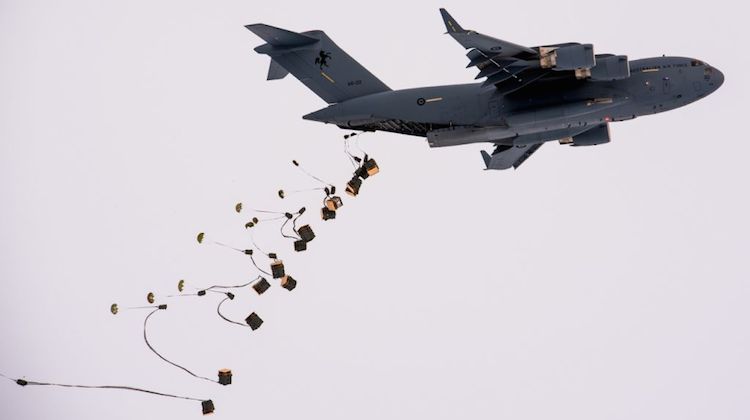
Australia plans to build a paved runway on Antarctica, which would allow for better access to the continent during the winter months.
The proposed runway would be located near the Davis Research Station, Minister for Foreign Affairs Julie Bishop and Minister for Energy and the Environment Josh Frydenberg said in a joint statement.
“Access to Antarctica in winter is difficult and rare, with temperatures dropping to minus 40°C at Davis station,” the pair said.
“The new runway will complement Australia’s existing summer-only ice runway at Wilkins Aerodrome, and will provide more reliable access to Antarctica throughout the year, improving our ability to conduct year-round, world-class scientific research and respond to emergencies.”

The Royal Australian Air Force (RAAF) flew C-17 Globemaster to Wilkins in 2015 as part of proof-of-concept flights to validate the use of the heavy transports to Antarctica.
It was the first time the RAAF had flown missions to the Australian Antarctic Territory since 1963.
Other aircraft to have been used to Antarctica included the Skytraders-operated Airbus A319 airlink.

The US Air Force also operates C-17s between Christchurch, New Zealand and Pegasus Field near McMurdo Station.
In 2017, the RAAF has conducted an air-to-air refuelling over the sub-Antarctic region for the first time to deliver about 10,500kg of cargo to researchers Davis Research Station. Halfway through the journey from Melbourne Avalon Airport to Antarctica, it was refuelled by a KC-30A Multi-Role Tanker Transport.

The ministers’ statement said investigations into year-round aviation access started in 2016, including $10 million spent to score options and for preliminary site investigations.
It said the cost of the new runway would be determined through a detailed business case.
“As a leader in Antarctica, Australia is committed to best practice environmental stewardship and the project will be subject to extensive environmental and other government approval processes,” the ministers said.
“These assessments will be transparent, consultative and rigorous, including to meet the requirements of the Antarctic Treaty (Environment Protection) Act 1980 and the Environment Protection and Biodiversity Conservation Act 1999.”
“Australia is a strong supporter of the Antarctic Treaty System and the runway will support our international partnerships.”














